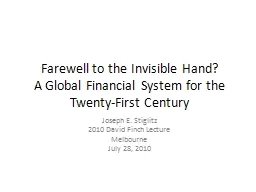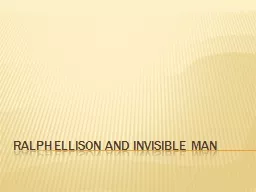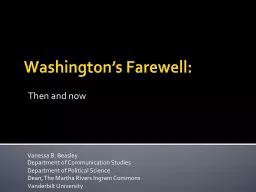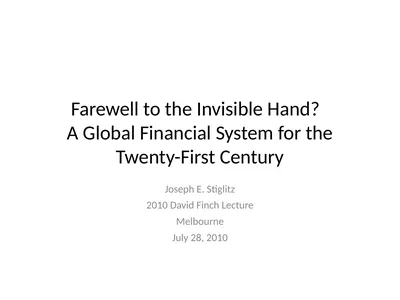PPT-Farewell to the Invisible Hand?
Author : tawny-fly | Published Date : 2017-01-13
A Global Financial System for the TwentyFirst Century Joseph E Stiglitz 2010 David Finch Lecture Melbourne July 28 2010 Adam Smiths Invisible Hand Perhaps the most
Presentation Embed Code
Download Presentation
Download Presentation The PPT/PDF document "Farewell to the Invisible Hand?" is the property of its rightful owner. Permission is granted to download and print the materials on this website for personal, non-commercial use only, and to display it on your personal computer provided you do not modify the materials and that you retain all copyright notices contained in the materials. By downloading content from our website, you accept the terms of this agreement.
Farewell to the Invisible Hand?: Transcript
Download Rules Of Document
"Farewell to the Invisible Hand?"The content belongs to its owner. You may download and print it for personal use, without modification, and keep all copyright notices. By downloading, you agree to these terms.
Related Documents














